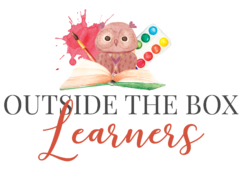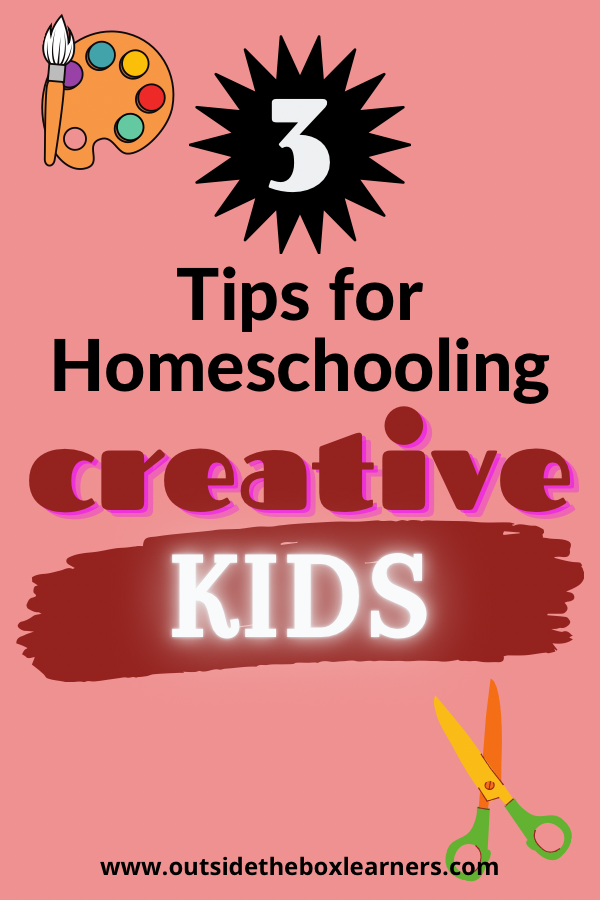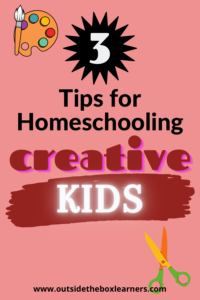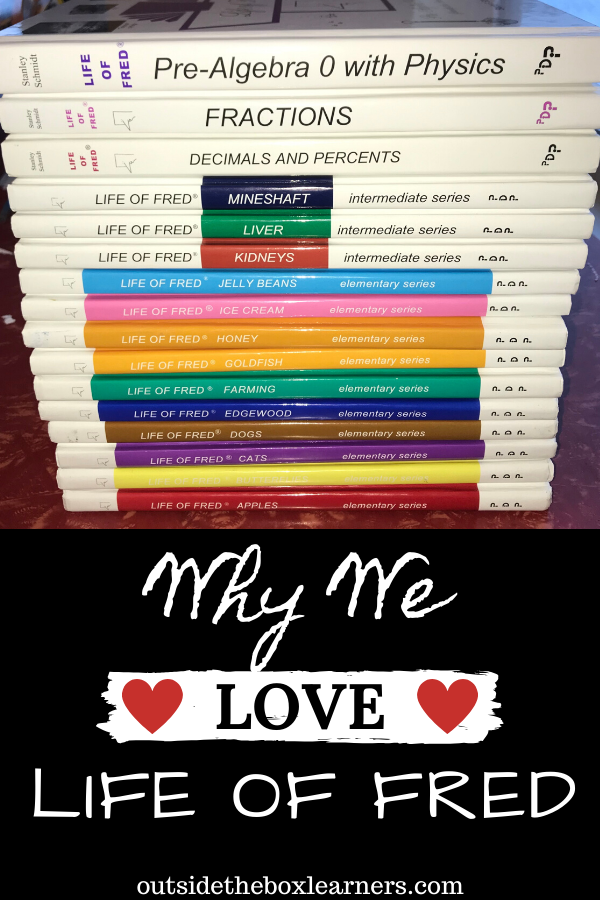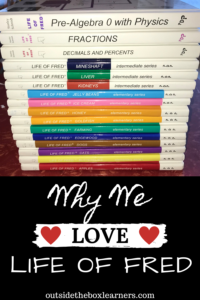One of my biggest challenges over 8 years of homeschooling has been figuring out what works for my oldest child, a creative learner.
In the early years, she did not like my ideas for homeschooling -ideas that reflected what I thought homeschooling should look like (which were hugely influenced by my time as a classroom teacher!)
Often I’ve said if I could go back to our early homeschooling years, there are many things I would do differently.
I’ve had to unlearn so much about my idea of what education SHOULD look like – and am still a work in progress! Ultimately, homeschooling doesn’t always look the way we expect, and it’s appropriate to tweak things when necessary! This is especially true with creative learners who thrive on novelty.
This blog post contains affiliate links and any purchases made through such links will result in a small commission for me (at no extra cost to you).
3 Tips for Homeschooling a Creative Kid:
1. Give them free time to explore their interests.
Many years ago I received advice on the importance of free time to explore interests as a method to help with anxiety (which is common with creative people). This advice has proved to be invaluable.
When we are overscheduled, and my creative learner has less time to “create”, she is more likely to experience anxiety. Having time to be creative in a non-structured way is extremely helpful to her.
2. Work together to make a plan.
Their input into their learning plan/schedule/curriculum will foster ownership in their learning and increase motivation.
My daughter and I work together to create a weekly schedule. If I were to just give her her list of tasks, things would not go as well! But when I get her input we can work together to make a plan, and things go much more smoothly.
3. Consider different methods of instruction.
Is there a subject or curriculum that is just agonizing for your kiddo? Consider, is there a way you can do things differently?
For us, switching from a more traditional math curriculum to Life of Fred was a game-changer.
Also, incorporating Minecraft into my daughter’s history learning (she’s not a big history buff) has made it come more alive to her. Her most recent Minecraft creation was a hospital build to go along with learning about the Bubonic Plague. *We use Gamed Academy for Minecraft.
Creative kids often learn by doing!
Additional ideas for creative learning:
Games – Here are some of our favorite math games!
Chalk Pastel (also a lot of lessons here that tie into history!)
Maybe for reading, switching between audiobooks and regular books could be helpful.
Resources to Help You with Your Creative Kid:
For more ideas, one book I highly recommend is The Brave Learner by Julie Bogart. Lots of ideas in that book to get the brain juices flowing!
Also, knowing how your child is smart can be very helpful! The book 8 Great Smarts by Kathy Koch is a great read to help you learn even more about that!
